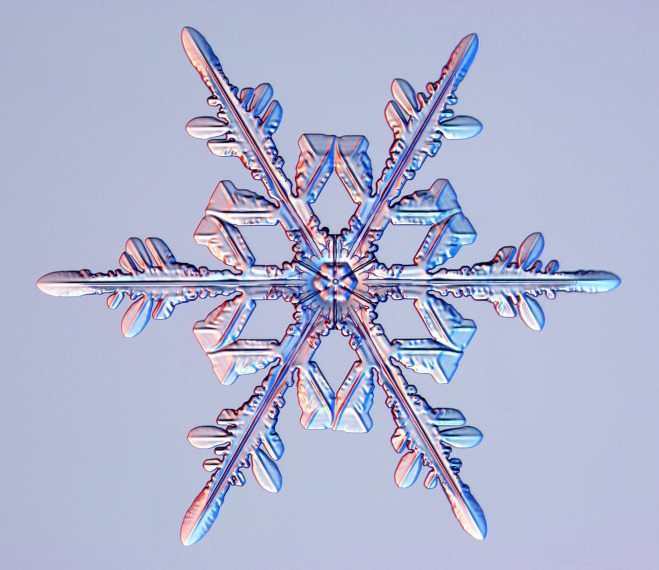eye95
Well-known member
And the pattern continues...
I bought gas a few days ago at $3.64, thinking that, based on the pattern, we were due for about a 25 cent increase. I thought I was wrong. Prices dropped a few cents each day, getting down to $3.58.
Nope. I was right. This morning, on the way to the base, $3.58. About two hours later, on the way home, $3.86, up 28 cents.
Again, patterns like this do not occur in complex systems. Entropy rules.
Where is this pattern coming from?
That there is a pattern is not bad. I can time my purchases pretty well lately. What is bad is that the pattern is for a few small drops followed by a huge increase. If it is designed (I don't know), it is a wonderful design to get folks to go along sheepishly with increasing prices.
The next jump should take us to right around $4. The jump after that should put us in the $4.10 to $4.15 range.
I bought gas a few days ago at $3.64, thinking that, based on the pattern, we were due for about a 25 cent increase. I thought I was wrong. Prices dropped a few cents each day, getting down to $3.58.
Nope. I was right. This morning, on the way to the base, $3.58. About two hours later, on the way home, $3.86, up 28 cents.
Again, patterns like this do not occur in complex systems. Entropy rules.
Where is this pattern coming from?
That there is a pattern is not bad. I can time my purchases pretty well lately. What is bad is that the pattern is for a few small drops followed by a huge increase. If it is designed (I don't know), it is a wonderful design to get folks to go along sheepishly with increasing prices.
The next jump should take us to right around $4. The jump after that should put us in the $4.10 to $4.15 range.

